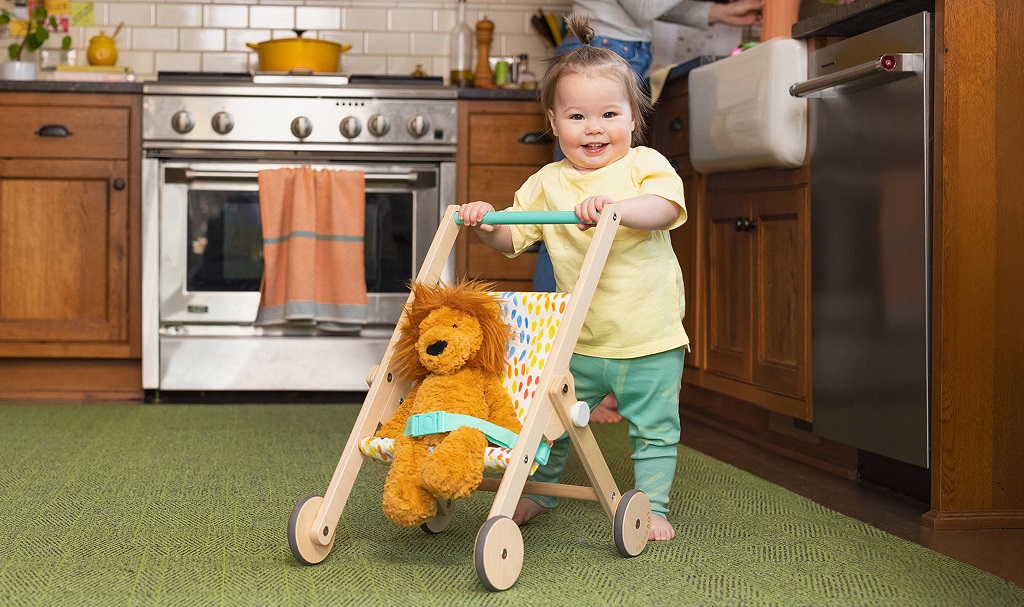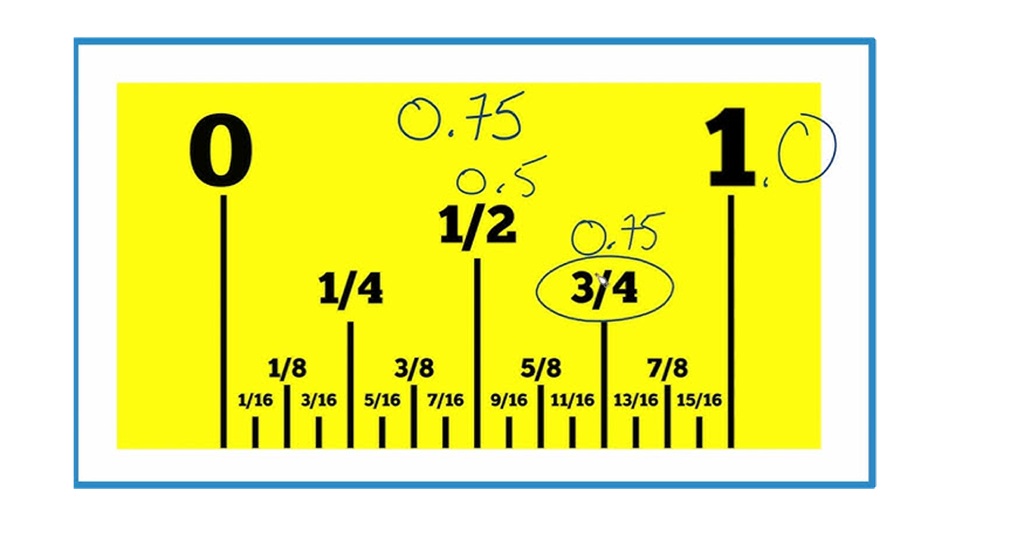Encouraging your little one to walk independently while using a stroller can feel like a delicate balancing act. On one hand, strollers provide convenience and safety when traveling with toddlers, yet they can sometimes discourage the natural development of walking skills. Striking the right balance between stroller use and fostering independence is key. Whether you’re navigating urban streets or heading out for a hike, the right strategies can empower your child to explore their world on foot while still offering a safe and comfortable backup option. For the best stroller options to suit your lifestyle, explore Probabyguide for expert advice on selecting gear that supports your child’s mobility journey.
Why Independent Walking Skills Are Vital for Early Development
Walking is one of the most important developmental milestones for children. Independent walking helps strengthen leg muscles, improves balance, and builds coordination. Research from the American Academy of Pediatrics suggests that toddlers who are encouraged to walk often also develop better spatial awareness and problem-solving skills. Walking isn’t just physical; it’s mental too. It boosts confidence and independence, both crucial for long-term growth.
However, excessive stroller use can inadvertently delay these benefits. Studies reveal that children who spend more than three hours a day in strollers or similar devices are less likely to meet their gross motor skill milestones on time. With this in mind, it’s vital to strike a balance.
Start Early: Integrating Walking Into Everyday Routines
Toddlers are naturally curious and eager to explore their surroundings. Even before your child starts walking, you can encourage mobility by offering plenty of tummy time, crawling opportunities, and moments where they pull themselves to a standing position.
Once your child starts taking their first steps, incorporate short walking sessions into your daily routines. For instance, let them walk to the mailbox or help carry lightweight items indoors. Keep these sessions brief and positive to avoid frustration or exhaustion.
Choose the Right Stroller for Encouraging Independence
Selecting the right stroller can make or break your efforts to encourage independent walking. Opt for a lightweight stroller that’s easy to fold and carry. All-terrain options, such as an all terrain wagon stroller, can be particularly beneficial. These strollers allow for seamless transitions between walking and riding, making them ideal for families who enjoy outdoor adventures or uneven terrain.
When choosing a stroller, prioritize models with adjustable handles, a comfortable seat, and easy maneuverability. For the top recommendations, click on https://probabyguide.com/best-all-terrain-stroller/.
Set Realistic Expectations for Independent Walking
Every child develops at their own pace, so it’s important to set realistic expectations. For younger toddlers, short bursts of walking paired with frequent breaks to ride in the stroller can work wonders. Over time, gradually increase the duration and distance of walking.
Some children may feel more confident walking when they’re holding onto the stroller’s handles. In this case, a stroller with a sturdy, easy-to-grip frame can provide them with the support they need as they practice their balance.
Encourage Walking Through Play
Children learn best when they’re having fun, and walking is no exception. Turn walking practice into a playful activity by incorporating games such as:
- Follow the Leader: Encourage your child to follow you or an older sibling.
- Treasure Hunts: Hide small toys or objects along a walking path and let your child find them.
- Obstacle Courses: Use cones, toys, or household items to create a mini course that challenges their balance and coordination.
These activities not only promote walking but also build essential cognitive skills like focus and problem-solving.
Provide Positive Reinforcement
Acknowledge and celebrate every step your child takes—literally. Positive reinforcement is a powerful motivator. Cheer, clap, or offer a small reward like a sticker when they make progress. Avoid pushing them too hard, though. If your child becomes tired or frustrated, let them rest and try again later.
Gradually Transition Away From Stroller Dependence
While strollers offer convenience, over-reliance can hinder your child’s walking progress. Gradually reduce stroller use as your child’s walking skills improve. Start by encouraging them to walk short distances, such as from the car to the park entrance, while using the stroller for longer trips.
How All Terrain Wagon Strollers Can Support Walking Skills
An all terrain wagon stroller can be a game-changer when balancing walking practice with stroller use. These strollers are designed for rugged paths, making them ideal for families who love outdoor adventures. They’re spacious enough to allow your child to sit, stand, or even walk alongside, holding onto the edges for stability.
The versatility of these strollers ensures your child gets the support they need while still having plenty of opportunities to practice walking in a safe environment.
Create a Walking-Friendly Environment at Home
Your home can be a fantastic space for early walking practice. Remove obstacles like rugs or cords, and ensure that furniture is sturdy enough for your child to use for support. Creating a safe, clutter-free environment allows your toddler to explore without fear of injury.
Encourage Social Walking Opportunities
Children often mimic what they see. Exposing your toddler to other children who are walking can inspire them to try walking more frequently. Visits to playgroups, parks, or child-friendly community events can offer plenty of opportunities for your child to observe and practice walking with their peers.
Stay Patient and Flexible
It’s important to remember that every child’s walking journey is unique. Some children may take longer to develop their walking skills, and that’s okay. Stay patient, offer encouragement, and avoid comparing your child to others.
Read More Also: How to Repair a Foundation Crack From Tree Root Damage
FAQs
What age should I start encouraging independent walking?
Most children begin walking independently between 12-15 months. However, you can start fostering mobility early through crawling, standing, and assisted walking activities.
Can too much stroller use delay walking skills?
Yes, excessive stroller use can delay walking milestones. Limiting stroller time and encouraging walking practice is essential for healthy development.
How can I balance stroller use with walking practice?
Gradually reduce stroller dependence by encouraging short walking sessions and using the stroller for longer distances or when your child is tired.
What type of stroller is best for toddlers learning to walk?
Lightweight or all-terrain strollers are ideal. They provide flexibility for walking practice and a comfortable resting option when needed.
How can I make walking practice fun for my child?
Turn walking into a game! Activities like Follow the Leader, treasure hunts, and obstacle courses can make walking practice enjoyable.
What are the benefits of independent walking for toddlers?
Independent walking strengthens muscles, improves balance, and boosts confidence. It also promotes cognitive development and independence.
Conclusion
Encouraging independent walking skills while using a stroller requires patience, creativity, and the right tools. By creating walking-friendly routines, investing in versatile strollers like all terrain wagon strollers, and providing positive reinforcement, you can help your child build confidence in their mobility.





